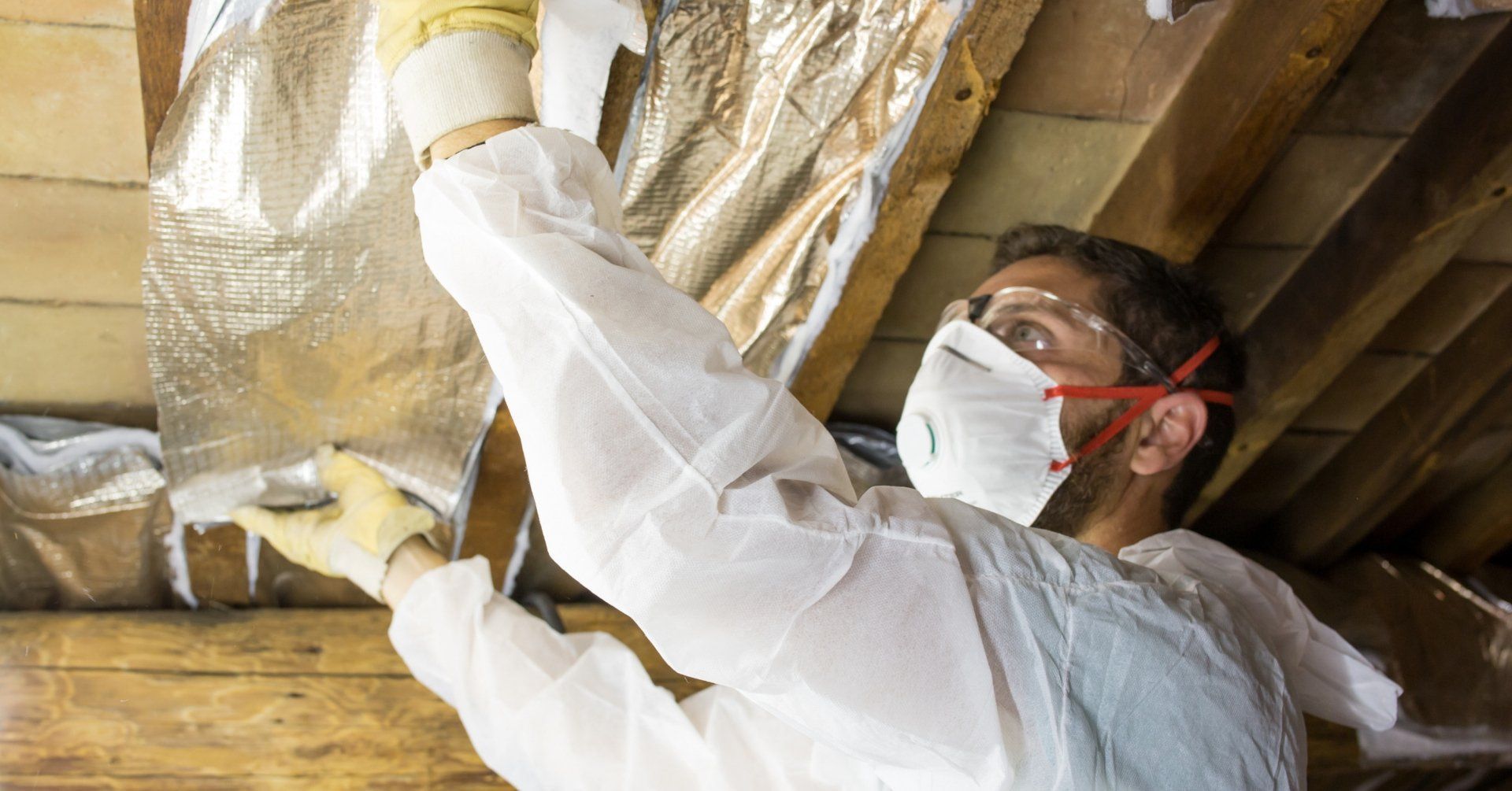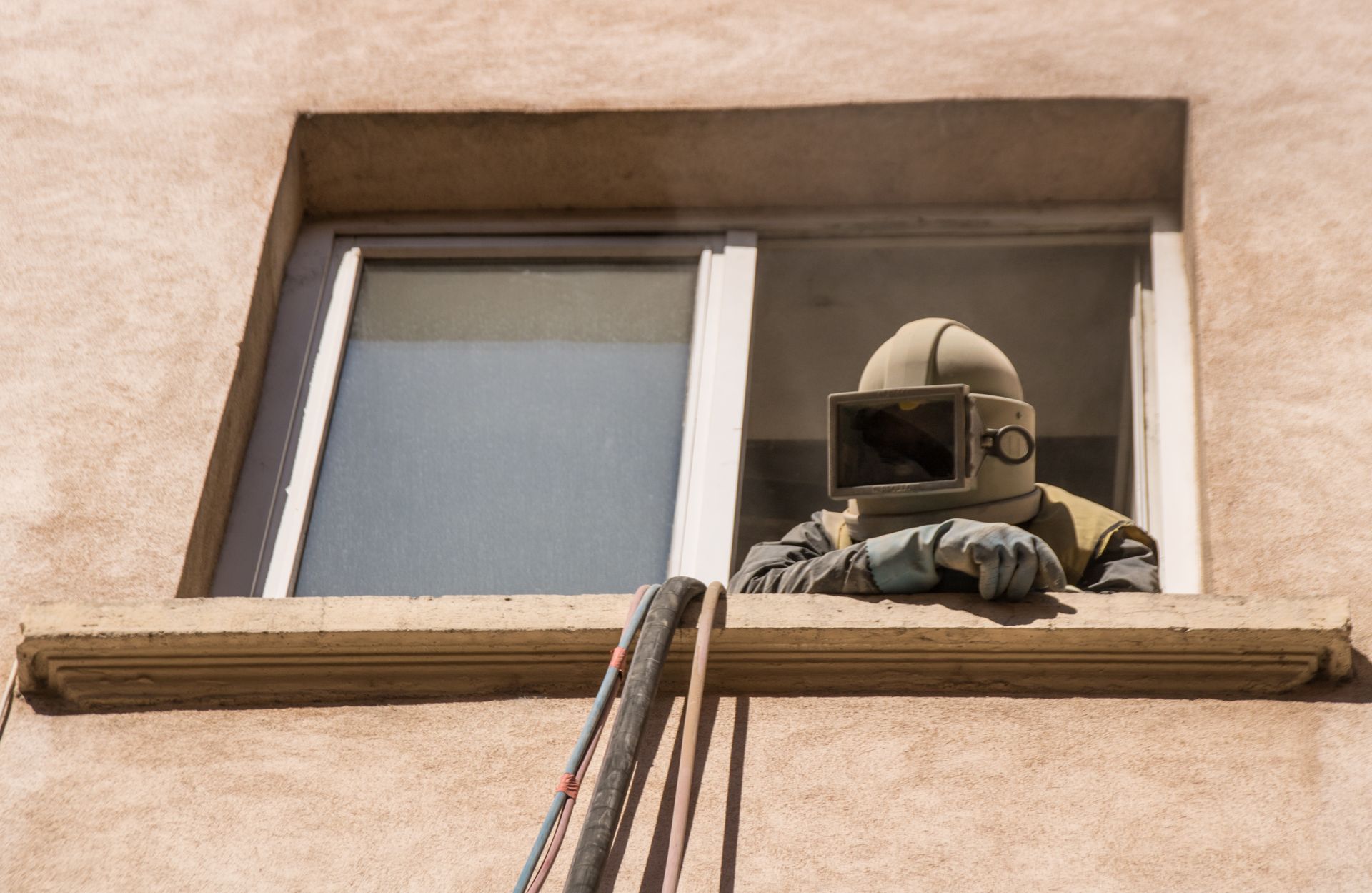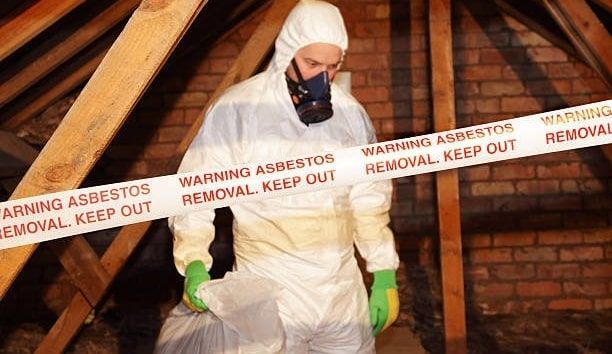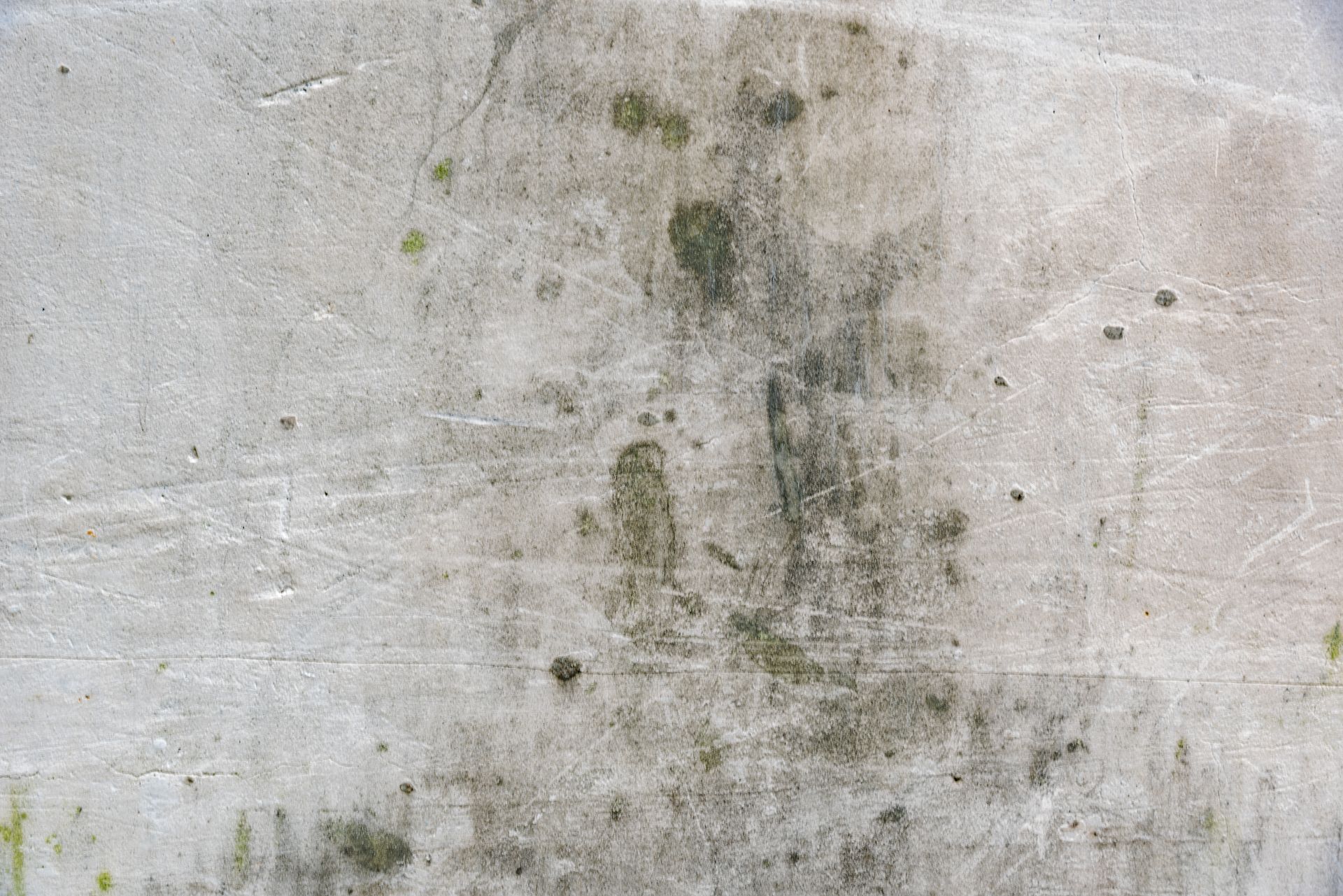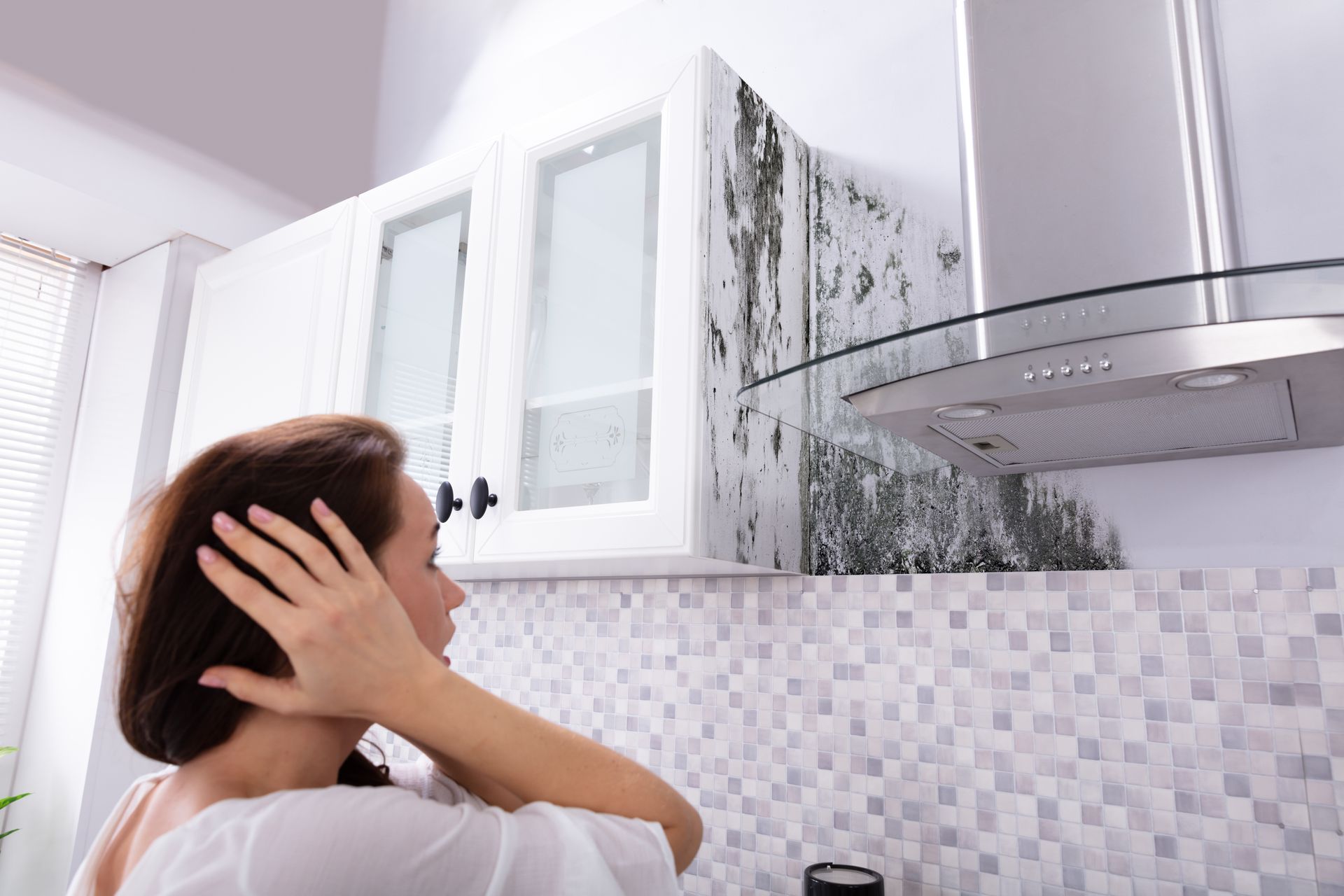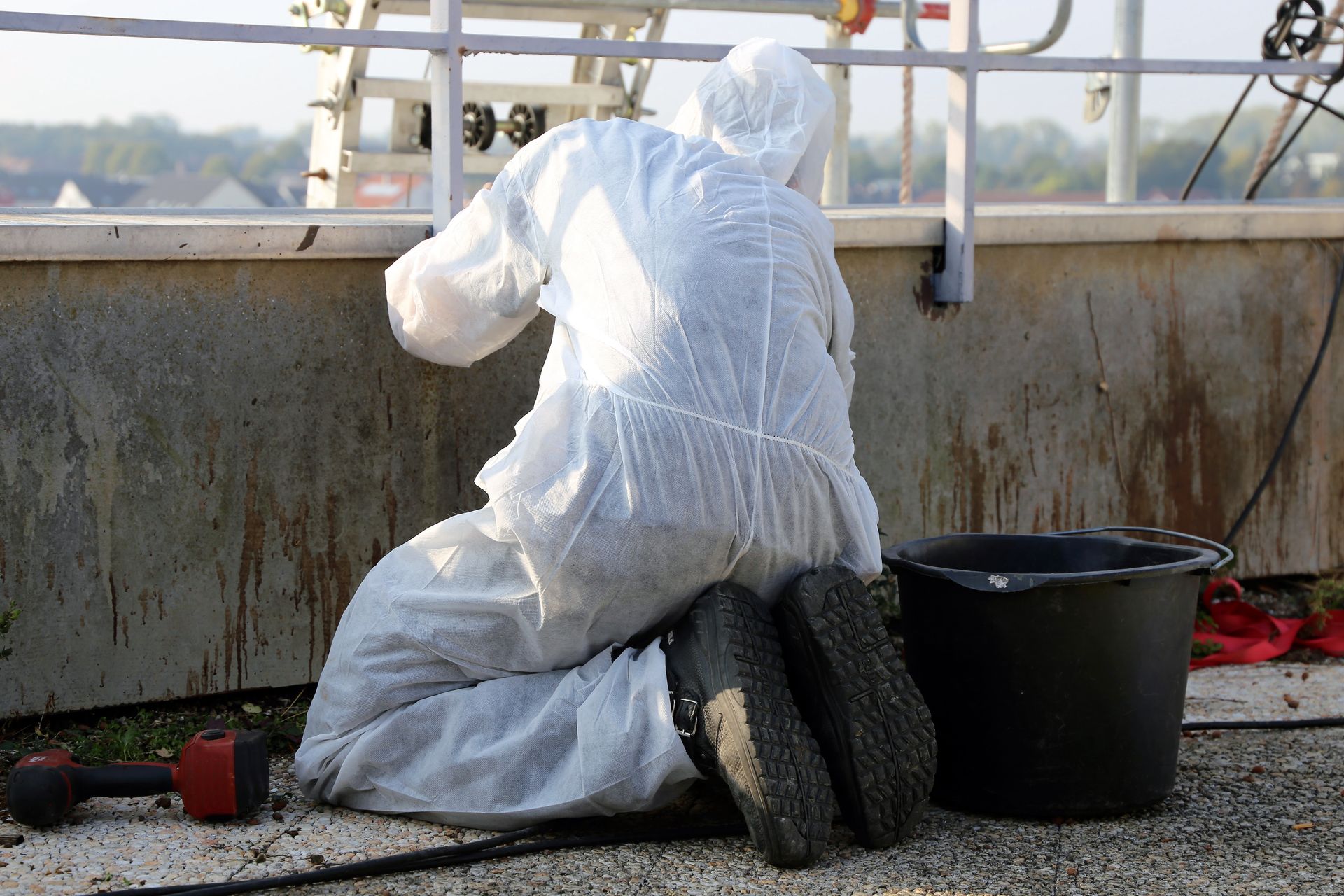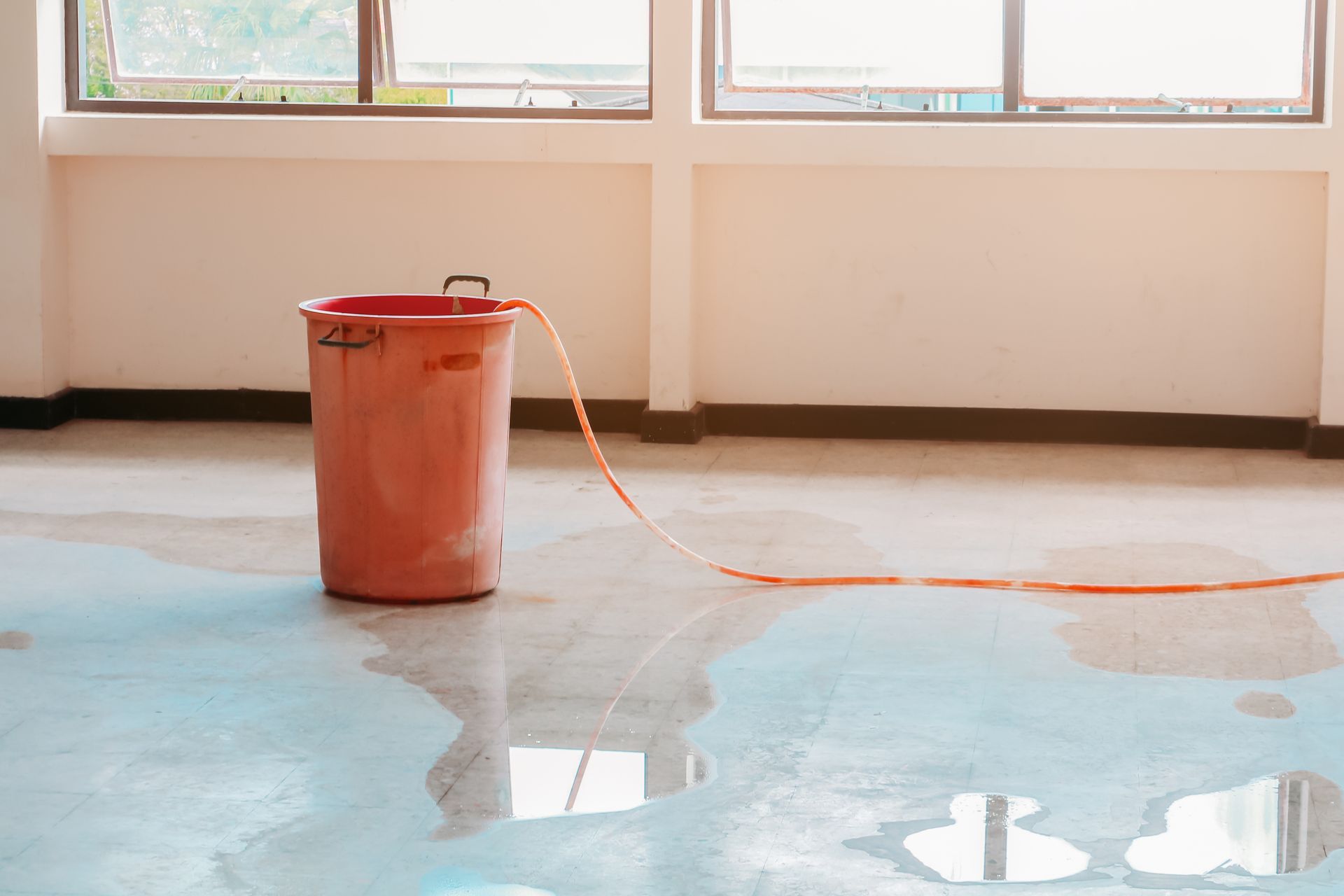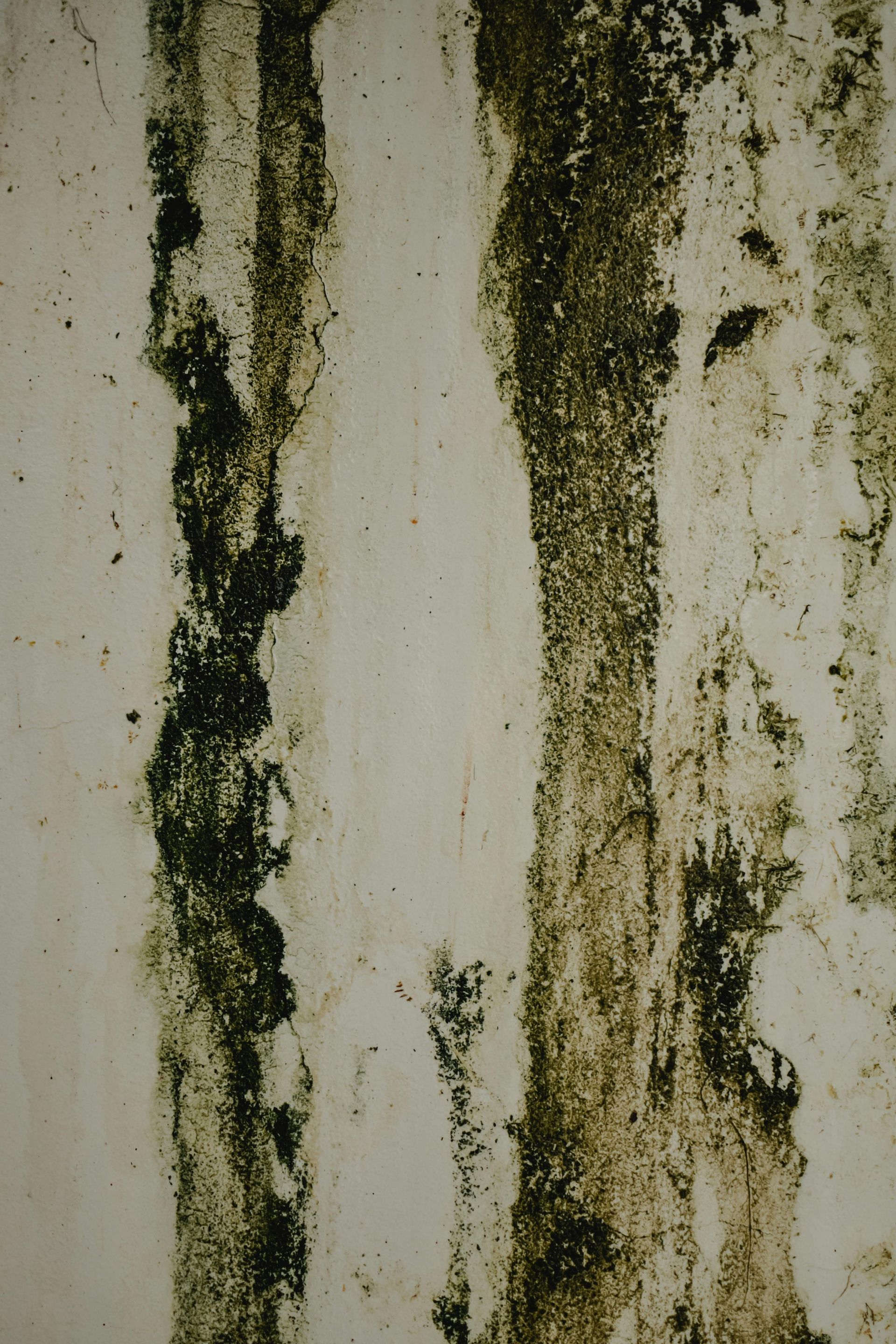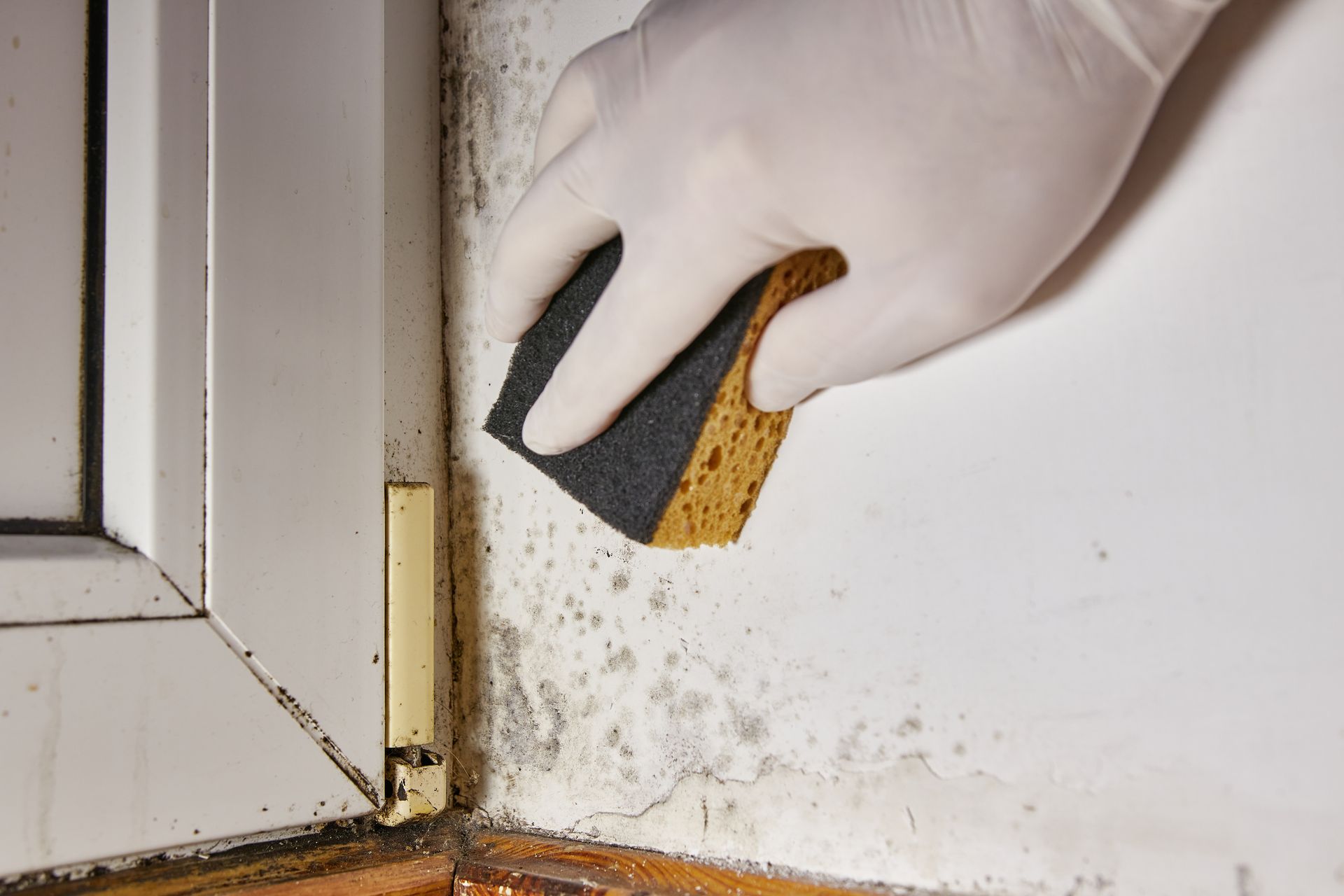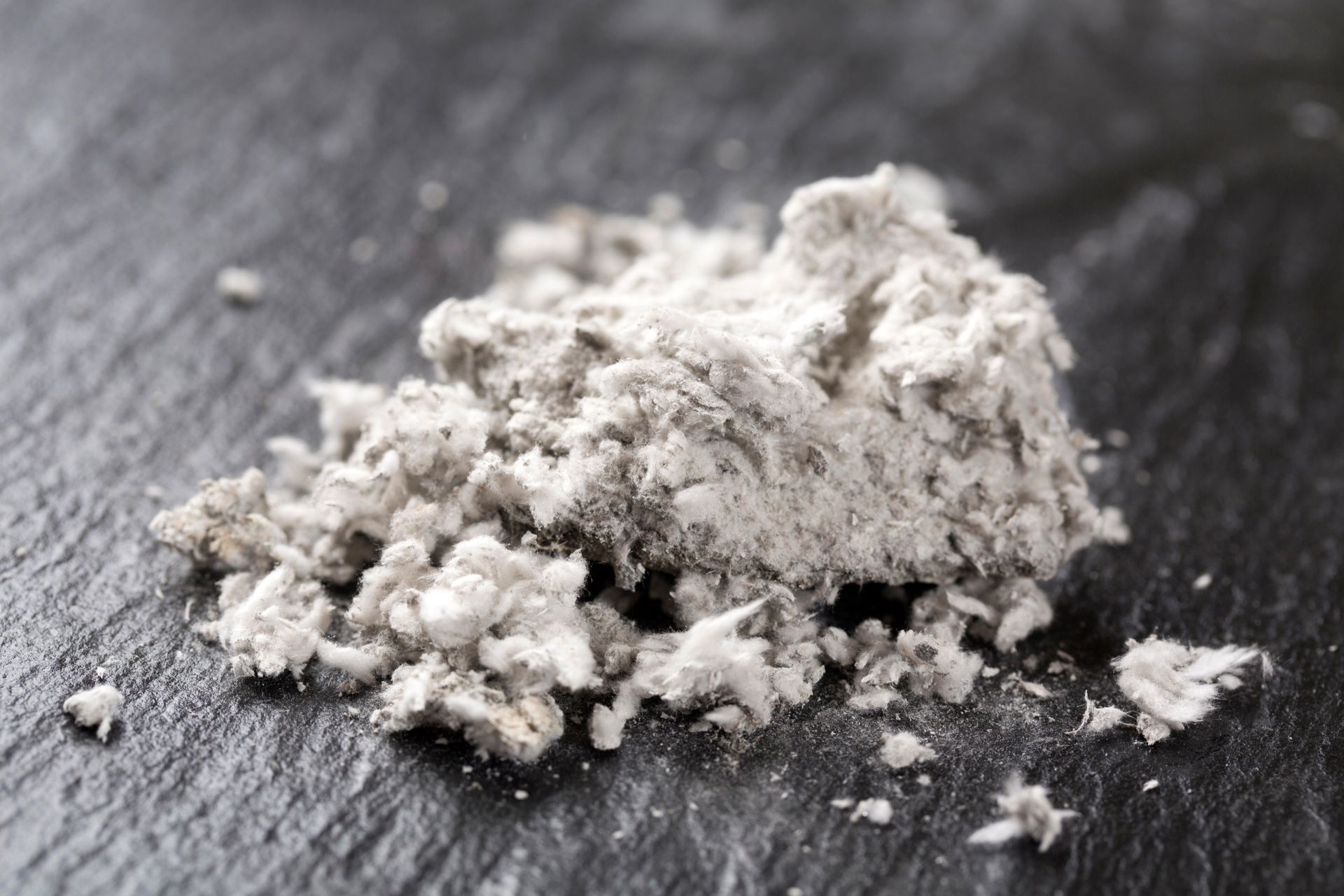Asbestos Testing: Why It’s Crucial for Your Health and Safety
You’ve probably heard the word “asbestos” tossed around in home renovation shows or old news reports. It sounds serious, and it is. Asbestos is not just a thing of the past. It still hides in homes, schools, and commercial buildings today, especially those built before the 1980s. The scary part is that you might not even know it’s there.
That’s where asbestos testing becomes essential. It’s not just another item on the to-do list. It’s a critical step in protecting your health and the safety of everyone under your roof. If you've ever typed "asbestos testing near me" into a search bar, you're already thinking in the right direction.
Let’s break down why asbestos testing matters, what the process looks like, and how to handle it safely, responsibly, and with peace of mind.
What Is Asbestos and Why Should You Care?
Asbestos is a naturally occurring mineral made up of tiny fibers that resist heat, fire, and chemicals. It sounds like a miracle material, and for years, it was treated that way. It was used in insulation, floor tiles, roofing materials, pipe wrapping, and more.
But here’s the bad news. When disturbed, asbestos fibers become airborne and, if inhaled, can lead to serious health problems.
Common health risks include:
- Mesothelioma: A rare but deadly cancer linked directly to asbestos exposure
- Asbestosis: Scarring of lung tissue that causes breathing problems
- Lung cancer: Especially in people with prolonged exposure
- Pleural plaques: Thickened areas around the lungs that may impair function
The catch is that asbestos exposure usually happens unknowingly. You could be sanding, sawing, or demolishing a wall that contains it. Once it's in the air, it’s incredibly difficult to detect without proper testing.
Where Asbestos Might Be Hiding in Your Home or Building
Unless you live in a recently built structure, there’s a good chance asbestos could be lurking somewhere inside. Homes and commercial buildings constructed before the 1980s often contain materials with asbestos. Even some materials used into the early 2000s may still pose a risk.
Common places asbestos is found:
- Attic and wall insulation
- Popcorn ceilings and textured paints
- Vinyl floor tiles and adhesives
- Roof shingles and siding
- Hot water pipe wrapping and duct insulation
- Cement sheets behind walls or in basements
Before you swing a hammer during that kitchen remodel or tear out that old flooring, you need to ask yourself the important question. "Should I get asbestos testing first?" The answer is yes, absolutely.
What Happens During Professional Asbestos Testing?
Professional asbestos testing is safe, precise, and much more reliable than any DIY kits you might find online. A trained technician knows how to collect samples without disturbing or releasing dangerous fibers into the air.
Here’s what to expect during the process:
- Visual inspection: The technician evaluates the property and identifies potential asbestos-containing materials
- Sample collection: Small, controlled samples are taken from suspect areas using protective equipment and specialized tools
- Lab analysis: The samples are sent to a certified laboratory for testing using advanced microscopy
- Detailed report: You’ll receive a breakdown of what materials were tested and whether asbestos was present
The process is quick, professional, and non-invasive. It’s also the only way to know for sure whether you're dealing with asbestos.
The Dangers of Skipping Asbestos Testing During Renovations
It might be tempting to tear into that old ceiling or floor without thinking twice. But disturbing materials that contain asbestos can release microscopic fibers into the air. This creates an invisible and dangerous hazard for you, your family, or your workers.
Risks of skipping testing:
- Airborne exposure during demolition or remodeling
- Contamination of HVAC systems that can spread fibers throughout the building
- Improper disposal of hazardous materials
- Legal consequences for not following regulations in commercial properties
- Costly cleanup if a contaminated area needs professional remediation
Renovating without asbestos testing is like driving without headlights at night. You might get lucky, or you might cause serious harm. It’s smarter and safer to get ahead of the risk.
Why You Should Never Try Asbestos Testing on Your Own
Sure, DIY projects can be fun and rewarding, but asbestos testing is not the time to flex your inner handyman. Without proper training and protective equipment, you risk making a dangerous situation even worse.
Reasons to avoid DIY testing:
- Lack of proper safety equipment can lead to exposure
- Improper sample collection might disturb and release asbestos fibers
- Incorrect storage or handling of samples may make results invalid
- No access to certified labs means no reliable results
- Increased health risks for you and others in the space
Professional testing may cost a little more upfront, but it saves you from serious hazards and bigger bills later on.
Schedule Your Asbestos Testing in Solon, OH with Hathaway Environmental
Protect Your Health, Home, and Peace of Mind
When it comes to asbestos, what you don’t know can hurt you. If your home or commercial building was built before the 1980s, or you’re planning renovations, now is the time to act. Asbestos testing is the first step toward a safer and healthier environment.
Call Hathaway Environmental at (216) 538-8355 for professional asbestos testing in Solon, OH, and surrounding areas. Our certified experts provide fast, reliable service along with clear results and expert advice. We also offer asbestos abatement, mold removal, vermiculite insulation removal, and more. Don’t take risks with your health. Let our team make your property safe from the ground up.
FAQ
Is asbestos still used in homes today?
Asbestos is no longer commonly used in U.S. residential construction. However, it can still be found in many older homes and may still be present in some imported building materials.
Can I tell if something contains asbestos just by looking at it?
No. Asbestos fibers are microscopic and are often mixed with other materials. The only way to confirm is through professional testing and lab analysis.
How long does asbestos testing take?
Most inspections take one to two hours. Lab results are usually available within a few business days.
What happens if asbestos is found in my home?
If asbestos is detected, it should be professionally removed or encapsulated. Hathaway Environmental offers asbestos abatement services to handle the issue safely.
Is asbestos dangerous if it isn’t disturbed?
Asbestos is most harmful when it becomes airborne. If it’s sealed, undamaged, and left undisturbed, it may not pose an immediate risk. Testing provides clarity on what action is needed.
